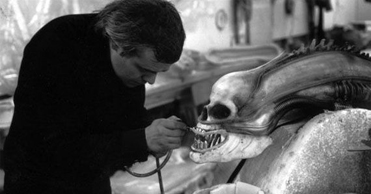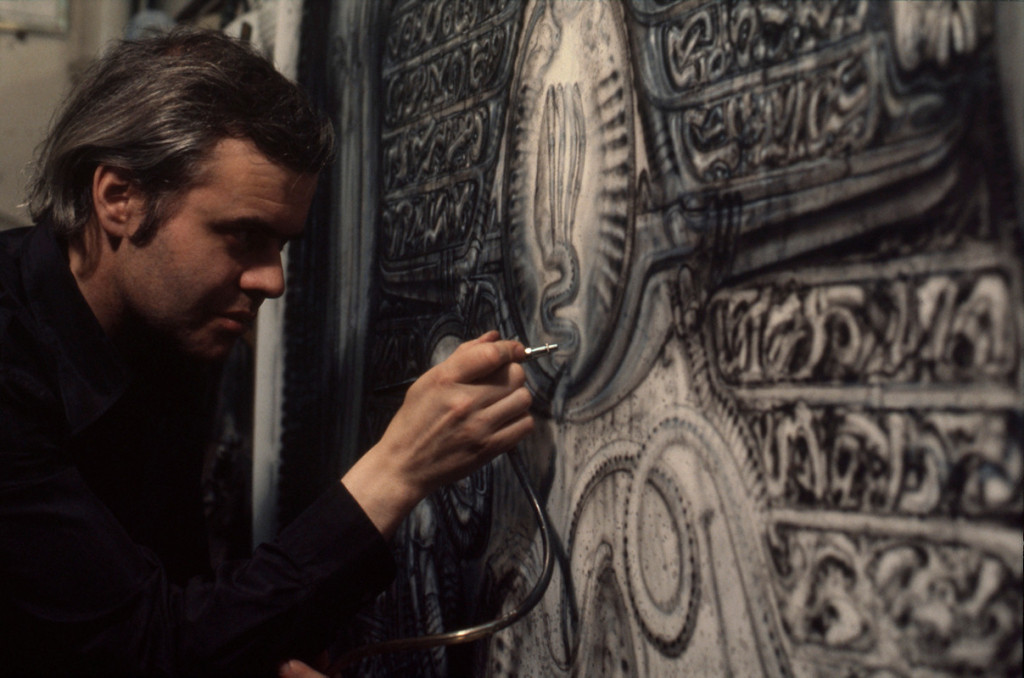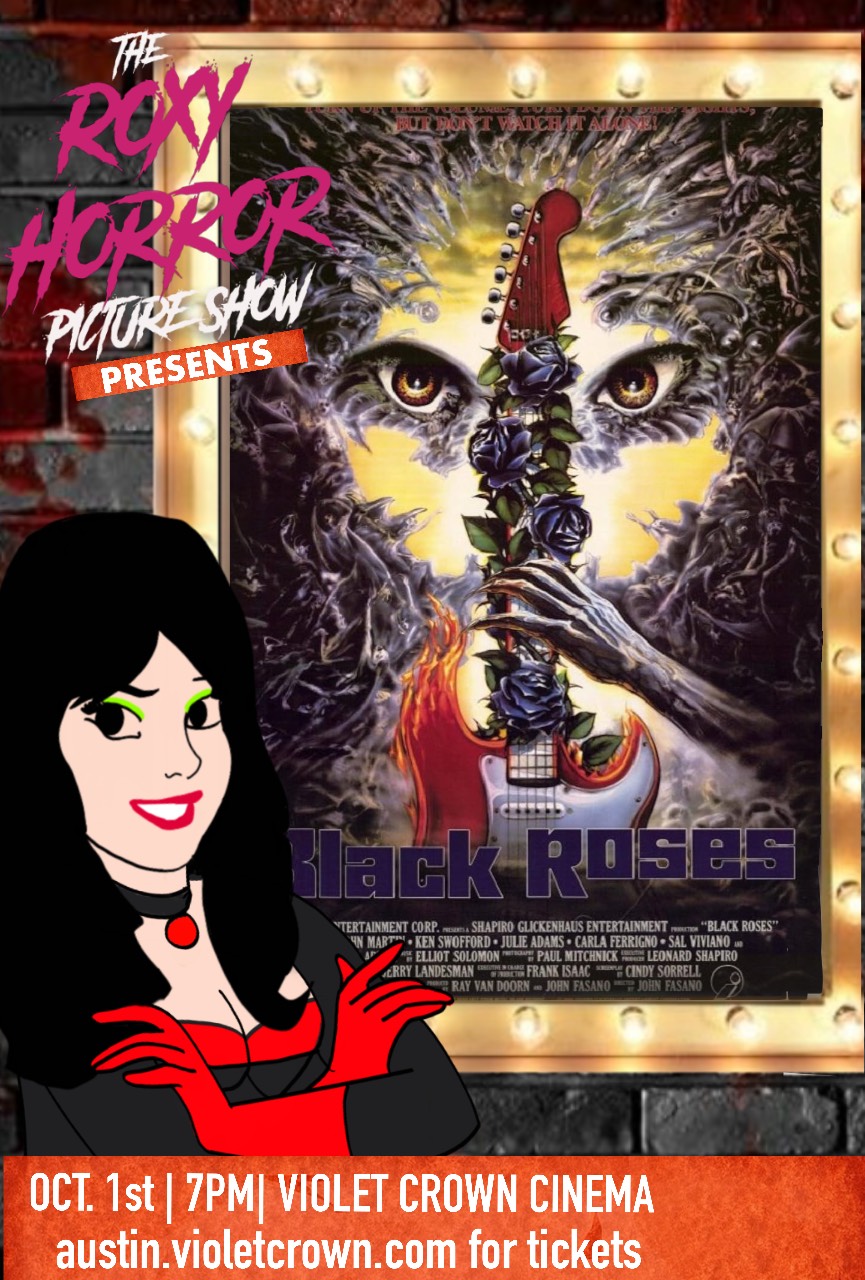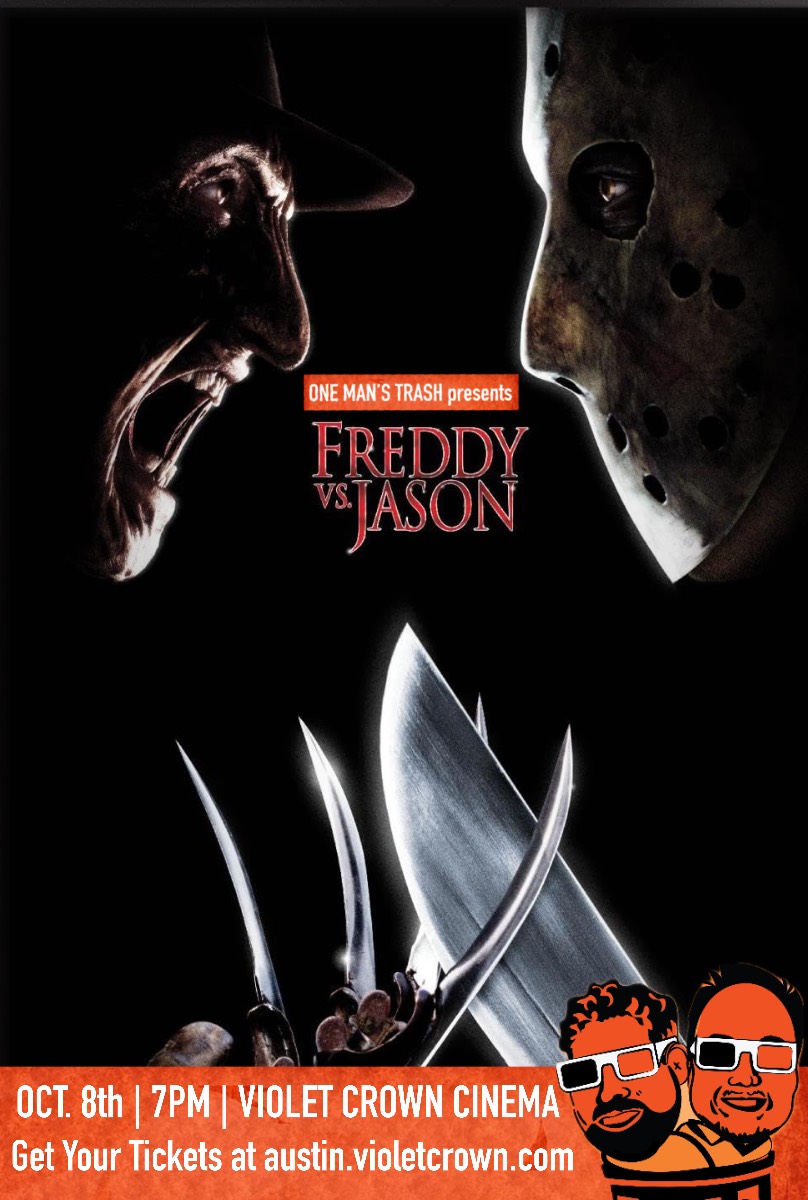“I am afraid of my visions.”
Hans Rudolf “H.R.” Giger, the controversial Swiss artist and designer, who used his nightmares to fuel his passion for art, passed away on Monday in his home in Zurich after suffering from a fall. He was 74.
If people are unfamiliar with the name, I’m willing to bet everyone is familiar with the man’s work. Giger is probably best known for the design of the alien creature in Alien (1979).
Refusing to join his father in the family pharmaceutical business, Giger went to study art at the School of Applied Arts in Zurich, Switzerland. It was as a young man that Giger met surrealist artist Salvador Dalí, who inspired him design more “unusual” work.
Giger’s highly controversial artwork was ahead of its time. His paintings and sculptures were filled with depictions of sex and death. It’s hard not to see it when you call one of your paintings Penis Landscape (1973). Still, it’s this artwork that laid the groundwork for what would many consider one of the scariest science-fiction/horror films of all time. Giger would give “birth” to the creature that made audiences scream, even though no one could hear them in space.
“I admire its purity.”
Ash, the deceptive android played by the remarkable Ian Holm, complimented the creature’s ability to survive while it methodically hunted down the handful of crew members aboard the Nostromo in Ridley Scott’s Alien.
The Alien, or Xenomorph is horrific as it is iconic, and has earned its place as cinema’s most terrifying extraterrestrial creature. With its acid blood and incredibly distorted human anatomy, it was a nightmare to behold on-screen. On a psychological level, it played on people’s fears of sex, pregnancy and rape. It was something audiences had never seen before. It was “pure” in its design. This walking abomination was inspired by Giger’s own painting, The Necronom IV (1976).
Giger created the life cycle of the Alien for Scott, the director of the film. After reading Necronomicon, Giger’s first published book, Scott immediately requested a meeting with the artist to talk about ideas for the Xenomorph. The rest is history.
Everything, including the egg, facehugger, newborn and the eight-foot tall monstrosity that stalked the halls of the decrepit space ship in the film, was imagined by Giger. The Space Jockey, the ancient mummified pilot, and its ship were also created by the Swiss artist.
Even the Nostromo itself was heavily influenced by Giger’s work. The human space-freighter wasn’t beautiful or clean like something out of Star Trek. The Nostromo was ugly, dark and falling apart at the seams. Water and oil dripped down its stained walls from places unknown. In some ways, it was just as scary as the Alien itself.
Giger went on to win the Academy-Award for Best Visual Effect in 1980 for Alien.
Outside of his work on the original Alien, Giger published 20 books of his artwork throughout his career. He worked on production design for Poltergeist II (1986), Alien 3 (1992), Species (1995) and Prometheus (2012). His most recent works can still be viewed in the Museum H.R. Giger in the medieval walled city of Gruyères, Switzerland. The museum houses the majority of Giger’s set-designs, sculptures, furniture and paintings.
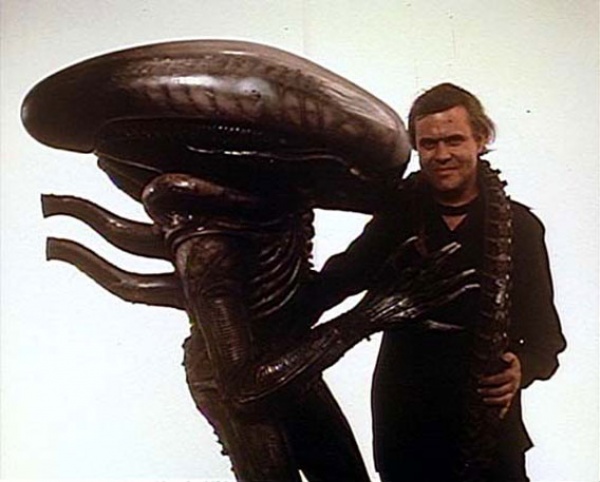 Giger’s dreams, as terrifying as they must have been, gave film-goers something truly special in 1979. It gave them something to be afraid of in the theater. It wasn’t a crazed lunatic in a hockey mask, or a man running after half-naked girls in the woods with a chainsaw.
Giger’s dreams, as terrifying as they must have been, gave film-goers something truly special in 1979. It gave them something to be afraid of in the theater. It wasn’t a crazed lunatic in a hockey mask, or a man running after half-naked girls in the woods with a chainsaw.
It was something that is purely distilled from a thousand nightmares. I’d like to thank Giger for keeping a 12-year-old me up for three straight nights in utter terror of being attacked by the monster he helped create.
May your visions no longer make you afraid, Mr. Giger.



